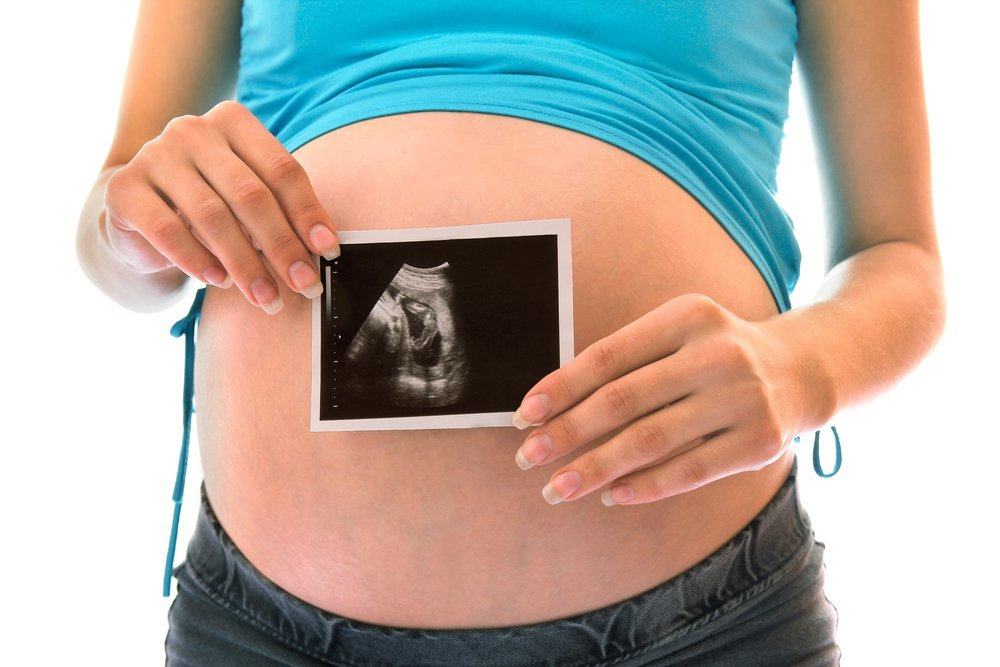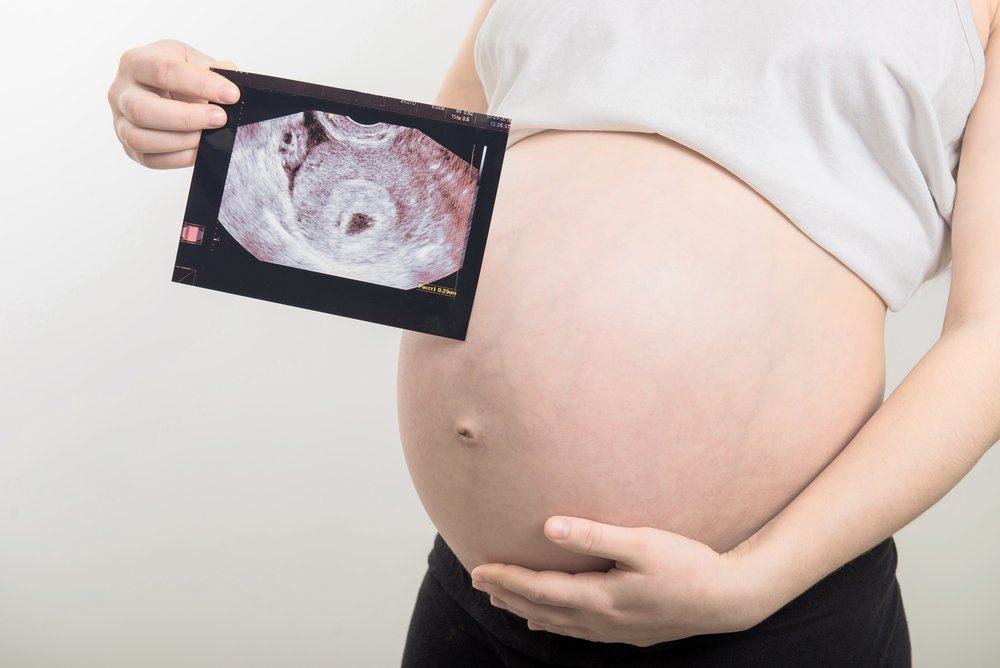Contents:
- Medical Video: High Risk Pregnancy: Placenta Concerns
- What is placenta previa?
- Who is at risk of developing placenta previa?
- Does placenta previa cause complications?
- What are the symptoms and signs of placenta previa?
- What should I do if I experience placenta previa during labor?
Medical Video: High Risk Pregnancy: Placenta Concerns
Problems can occur not only when you experience a pregnancy, but can also occur during your labor. One problem at the time of delivery is placenta previa. The placenta can cover your baby's exit when you give birth. This can cause serious problems in the mother, such as bleeding. Check out the following review to find out more.
What is placenta previa?
Placenta previa occurs when all or part of the placenta covers part or all of the cervix (cervix) of the mother during the final months of pregnancy before the birth of the baby. Placenta previa can cause bleeding before and during the birth process.
During pregnancy, the placenta grows along with the growth and development of the baby. In early pregnancy, the placenta is in a low position in the uterus. Then, along with the baby's growth, the placenta will usually move up the uterus. Towards birth, in the third trimester, the placenta is at the top and side of the uterus. This position allows the baby to be born smoothly through the cervix.
However, in placenta previa, the placenta attaches to the lower part of the uterus. If you experience placenta previa in early pregnancy, this is usually not a problem. However, if you experience placenta previa in the near future with your baby's birth, this can cause problems, such as bleeding and other complications. If you have placenta previa approaching the time of delivery, you are recommended to limit your activities, increase rest periods, and give birth by caesarean section.
There are several types of placenta previa, namely:
- Previa total, if the placenta completely covers the cervix. Caesarean section is needed to be able to deliver the baby safely in this condition.
- Previa is marginal, if the placenta covers right at the border of the cervix (the placental edge touches the cervical door. Normal childbirth is still possible in this condition.
- Previa is partial or partial, if the placenta covers part of the cervical door after the cervix begins to widen. Normal childbirth is also still possible in this condition.
- Previa is low, if the edge of the placenta is 2 cm from the cervix, but not to the limit of the cervix. Your chance for normal childbirth is still large in this condition.
Who is at risk of developing placenta previa?
Anyone can experience placenta previa. There are no clear risk factors why women can experience placenta previa. However, the risk factors below can increase your chances of experiencing placenta previa.
- Have had placenta previa in a previous pregnancy
- Have had a previous caesarean section
- Have had other uterine operations, such as curettage (D & C) or removal of fibroids
- Twin or more pregnancies
- Smoking or using illegal drugs
- Has given birth to many children
- Pregnant at an older age, over 35 years
Does placenta previa cause complications?
Placenta previa can cause complications, such as bleeding. To overcome this, caesarean section is needed, even when the baby is born prematurely. If this condition is not immediately treated, then the mother can die because of a lot of blood loss. In premature births, babies will have a higher risk of experiencing respiratory problems and low birth weight.
In conditions of placenta previa, birth in a normal way is very risky for pregnant women. Normal childbirth can cause severe bleeding during labor or after several hours of delivery. For this reason, it is advisable to always check the condition of your pregnancy and plan your method of delivery before the day of birth.
What are the symptoms and signs of placenta previa?
Yes, placenta previa can show signs. The main sign of placenta previa is sudden heavy bleeding. In addition, there are also other signs as below. You should immediately check this with your doctor to get further treatment.
- Cramps or severe pain
- Stop bleeding then continue for a few days or weeks afterwards
- Bleeding after sexual intercourse
- Bleeding during the second half of pregnancy
What should I do if I experience placenta previa during labor?
If you have been diagnosed with placenta previa in the middle of your gestational age, you should not panic because the position of the placenta is still able to change away from the cervix. This may not be a problem, but you should always have your pregnancy checked so that you always know the condition of your pregnancy.
If placenta previa still occurs until the day your baby is born, you will be advised to take a break. You should not have sexual intercourse, carry out activities related to the vagina, or carry out strenuous activities at this time.
At the time of birth, of course you are advised to give birth by caesarean section. This method is safer for all types of placenta previa compared to giving birth in the normal way. Caesarean section can reduce your risk of experiencing heavy bleeding.
If you give birth at less than 34 weeks' gestation or if your baby is premature, you may be given corticosteroids to speed up the development of the baby's lungs and to prevent other complications. After being born, premature babies will get special treatment. Your condition is also still being monitored after giving birth until your bleeding actually stops.
READ ALSO
- Pregnancy Problems Due to Differences in Rhesus Blood of Mother and Child
- 4 Things You Need to Know About the Placenta (Ari-Ari Baby)
- What Happens During C-section?












